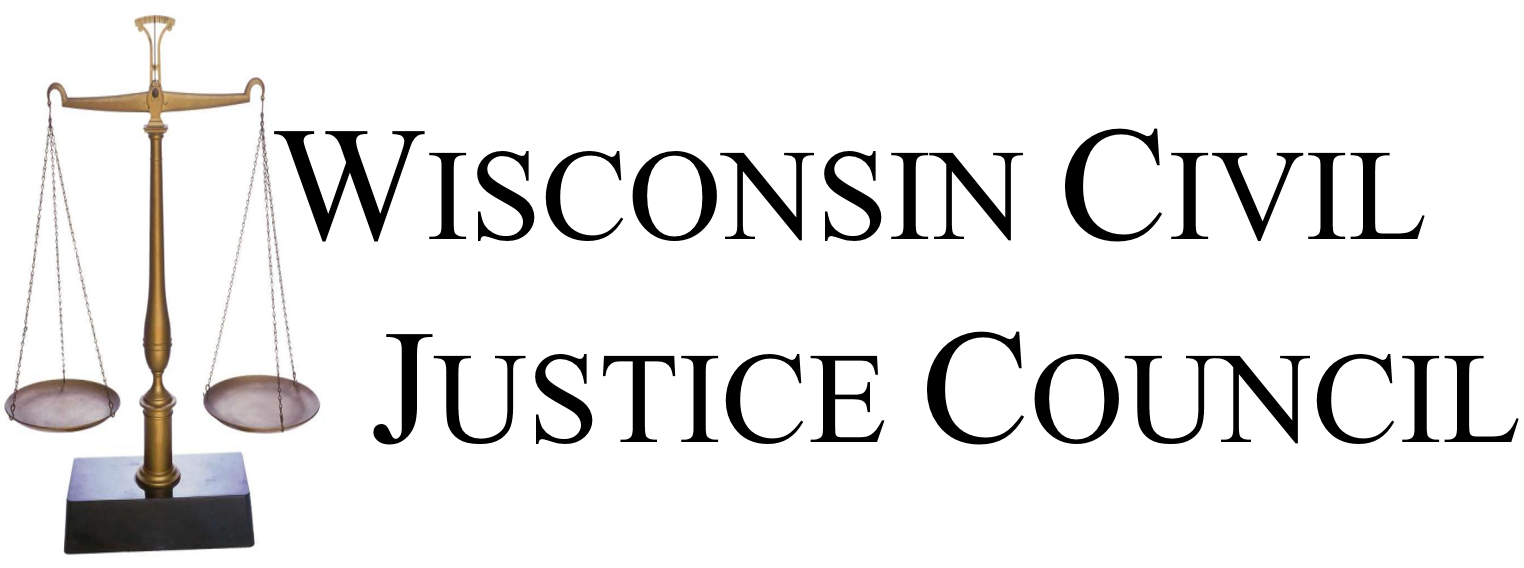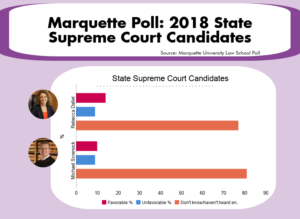On May 15, the Wisconsin Supreme Court held 5-2 in Springer v. Nohl Electric Products Corporation that the Wisconsin Uniform Fraudulent Transfer Act (WUFTA) does not govern the “fraudulent transaction” exception of successor non-liability. Traditionally, when a company buys another’s assets, it does not incur responsibility for liabilities attached to those assets. This rule exists to protect buyers from unexpected liability. However, certain exceptions apply, including if the transaction took place to fraudulently escape responsibility for the liabilities.
The case arose from an asbestos exposure lawsuit. Penny Springer sued multiple companies for her husband’s death from mesothelioma. Powers Holdings moved for summary judgment under the successor non-liability law because it was a successor to the previous business that dealt with asbestos-containing products. There was no evidence that Powers Holdings dealt with asbestos-containing products.
Springer claimed that Powers Holdings was liable under the fraudulent transaction exception of successor non-liability. The lower court concluded that WUFTA governs how courts decide whether transactions are entered into fraudulently. However, the Supreme Court held that WUFTA does not apply because it exists to assist creditors unable to collect because of recent asset transfers. As an asset-focused act, WUFTA does not encompass the fraudulent transaction exception since it fails to address the nuances afforded in successor non-liability. Thus, the court concluded that Powers Holdings was not liable in this case.


